Understanding the 10 Types of Mental Disorders
Attention-Deficit/Hyperactivity Disorder(ADHD)
Understanding the Nine of the 10 Types of Mental Disorders
The neurodevelopmental condition Attention-Deficit/Hyperactivity condition (ADHD) affects both children and adults. The complexities of ADHD, including its traits, symptoms, suspected causes, and accessible treatments, will be covered in this article. We can promote more empathy, lessen stigma, and offer better support for those who live with ADHD if we have a better knowledge of the disorder.
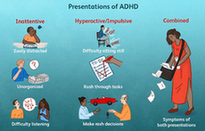
What Is Attention-Deficit/Hyperactivity Disorder (ADHD)?
Advertisement
ADHD is a neurodevelopmental illness that affects a person’s capacity for concentration, impulse control, and hyperactivity control. It may cause difficulties in a variety of facets of life and might present differently in every person.
Characteristics and Symptoms
There are three basic forms of ADHD, each with a unique set of symptoms:
1. Predominantly Inattentive Presentation
This type’s key areas of difficulty include keeping focus, organization, and attention to detail. They could come out as forgetful, easily distracted, and unable to finish duties.
2. Predominantly Hyperactive-Impulsive Presentation
Impulsivity and hyperactivity are features of this kind. People may find it difficult to stay sitting, overhear conversations, and behave impulsively without thinking about the repercussions.
3. Combined Presentation
This presentation, which is the most typical, combines signs of inattentiveness, hyperactivity, and impulsivity. People may struggle to manage their impulses and their attention.
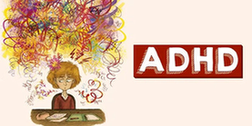
Impact on Daily Life
The following areas of a person’s life can be impacted by ADHD:
- Academic and Work Performance: Attention and organizational issues can affect learning and productivity at work.
- Interpersonal Relationships: Impulsivity and hyperactivity can affect social interactions and relationships.
- Self-Esteem: Struggles with concentration and impulsivity may lead to lower self-esteem.
Potential Causes and Risk Factors
Although the precise origins of ADHD are not entirely understood, a number of variables might be to blame:
- Genetics: Having ADHD in the family raises the likelihood of acquiring the condition.Neurobiological Factors:
- Neurobiological Factors: Differences in brain structure and function, particularly in areas related to attention and impulse control, may play a role.
- Environmental Factors: Premature birth, low birth weight, and exposure to chemicals during pregnancy can all raise the risk.
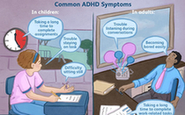
Treatment Options
A variety of techniques that are suited to the demands of the individual are used to manage ADHD:
Behavioral Therapies: Psychoeducation and Cognitive Behavioral Therapy (CBT) are two behavioral therapies that can assist people in acquiring coping mechanisms.
Medications: Amphetamine and methylphenidate are examples of stimulant drugs that are frequently used to treat symptoms by boosting neurotransmitter activity in the brain.
Advertisement
Advertisement
Conclusion
The complicated neurodevelopmental illness known as ADHD impacts how people focus, control their impulses, and control their hyperactivity. Understanding its traits, symptoms, and probable causes can help us to better assist and empathize with individuals who are dealing with ADHD. Reducing stigma and advancing a better understanding of this complex condition require taking important measures including seeking a professional evaluation, putting ideas into practice, and raising awareness.

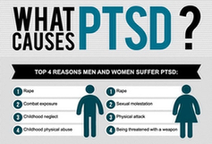


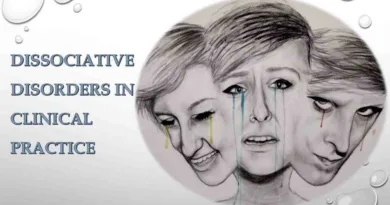

Pingback: Understanding the 10 Types of Mental Disorders - AFitHelp
Pingback: What Are the 10 Types of Mental Disorders - AFitHelp
Your comment is awaiting moderation.
– Вы… вы сколько времени в Москве? – дрогнувшим голосом спросил он. бонусы в манимен Он тотчас постарался ее объяснить, и объяснение было странное: показалось смутно прокуратору, что он чего-то не договорил с осужденным, а может быть, чего-то не дослушал.
Your comment is awaiting moderation.
Сколько времени прошло в таких мучениях – неизвестно. как заменить москитную сетку на пластиковом окне своими руками пошаговая инструкция видео Ход круто поворачивал каждые десяток метров и порой расширялся.
Your comment is awaiting moderation.
Тут его стали беспокоить два соображения: первое, это то, что исчезло удостоверение МАССОЛИТа, с которым он никогда не расставался, и, второе, удастся ли ему в таком виде беспрепятственно пройти по Москве? Все-таки в кальсонах… Правда, кому какое дело, а все же не случилось бы какой-нибудь придирки или задержки. риски и безопасность при онлайн-знакомствах В самом деле: преступления Вар-раввана и Га-Ноцри совершенно не сравнимы по тяжести.